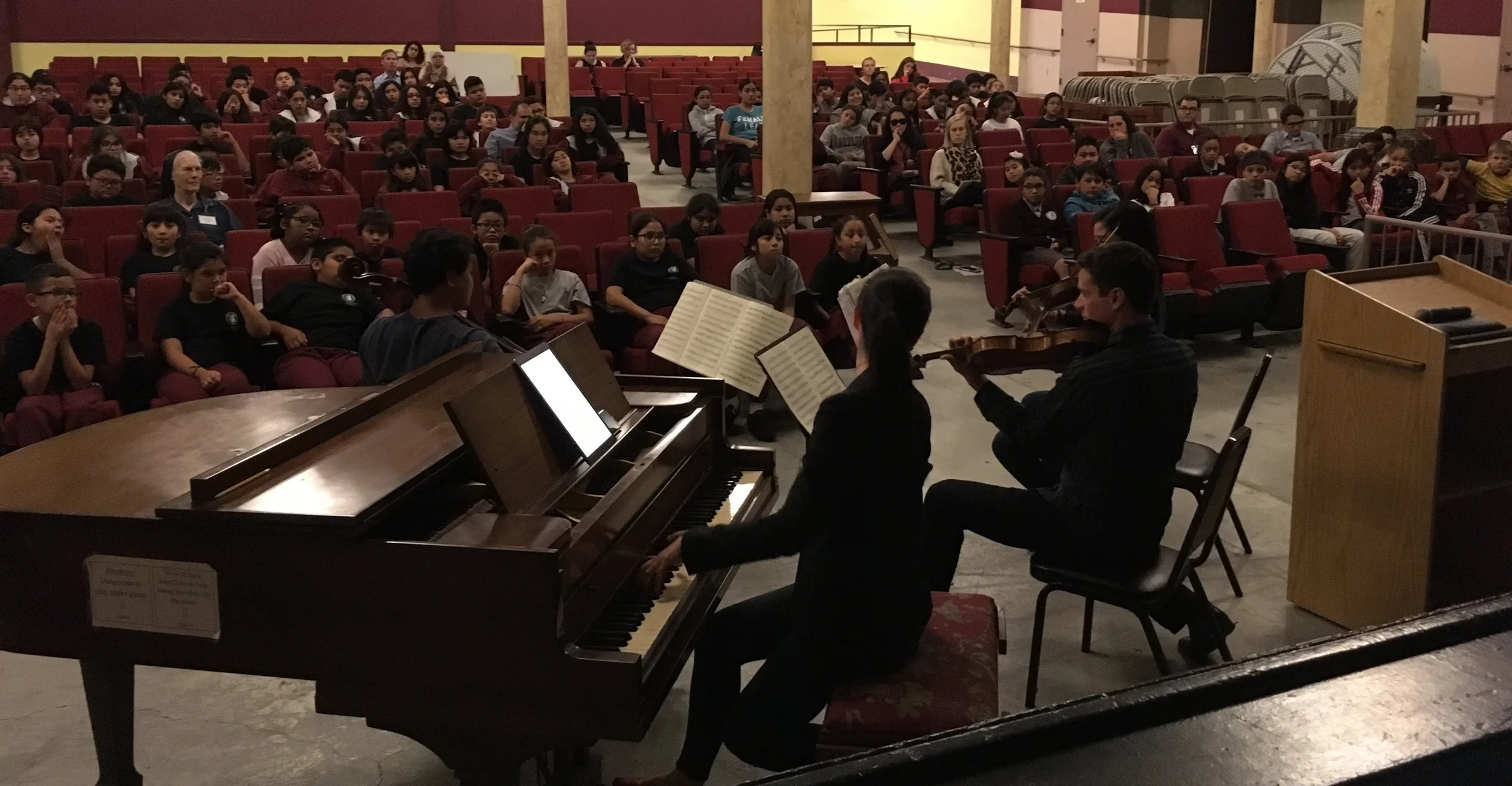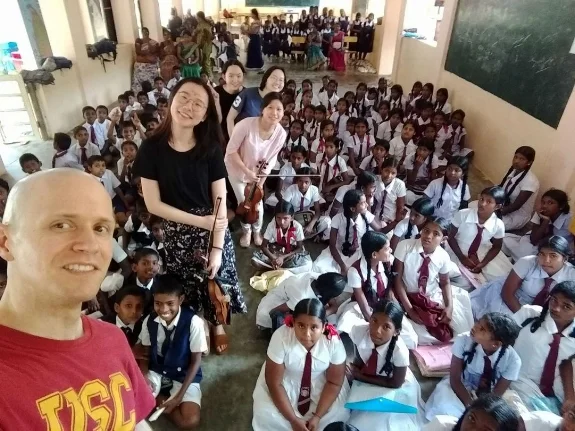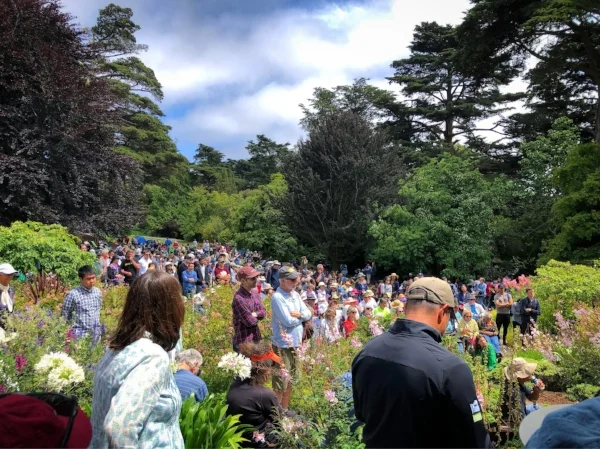by Kai Christiansen
I have obsessively loved music all my life. I have explored many genres in great depth but have now come to spend most of my time with my favorite: classical chamber music. Let me share a few thoughts about it.
I start with the word “classical” because that immediately helps define the genre to most of us even with a very casual sense of musical culture. To me, classical means a kind of “long form”, foreground music composed for a traditional palette of acoustic instruments primarily distinguished by the string family (violin, viola, cello and bass), colored by woodwinds, brass and reeds, and frequently incorporating the comprehensive expanse of the modern grand piano, in the case of each instrument, exploiting its full, virtuosic potential.
The classical canon, or repertoire, features the familiar, historical composers you likely know about (Bach, Vivaldi, Mozart, Beethoven, Brahms . . .) as well as living composers still writing today. It is not a dead museum relic; quite the opposite. The idea of “long form” music just means a typical “piece” of classical music lasts between 20 and 40 minutes typically divided into multiple “tracks” called movements. In the modern world where one is constantly bombarded by an ever-changing sea of multi-media snippets, the capacity to concentrate on this long form is severely challenged. But, ultimately, this is music to be experienced in the foreground as the main attraction: no distractions, conversation, attendant activity, dancing, singing, acting, religious ritual or whatever. It is like watching a movie except you are listening with your ears. (Mobile phones OFF please.)
That classical chamber music tends to be predominantly instrumental and “merely” sensual—non-verbal, non-visual and essentially “abstract” without being illustrative or having any real “meaning” other that its own sonic existence—makes it all the more mysterious, magical and miraculous. It comprises a unique human experience.
Within this admittedly broad history, tradition and style of classical music lay a particularly intimate and intense sub-genre called “chamber music.” Chamber music is simply classical music for a small group of players, typically two to six. Unlike the more popular classical music featuring a large symphony orchestra or, at the opposite end, a single, solo pianist, chamber music gathers just a few musicians where each individual instrument has its own completely vivid role within a very fine balance of intimate, highly interactive collaboration. The music is clear, finely etched and meticulously crafted to highlight all the beauty and richly expressive nuance of each instrument as they combine into an elegantly integrated composite creating patterns, textures, forms and narratives of unparalleled artistic excellence. As with all music, at its core is a delicious and often profound emotional experience.
All the great composers wrote chamber music (Bach, Vivaldi, Mozart, Beethoven, Brahms . . .), and some might argue that their chamber music is their finest music of any kind. As a genre and tradition, chamber music seems to draw the very best from its composers who often turn to it for their most personal, passionate and intellectually stimulating creations. Nonetheless, chamber music tends to be overshadowed by orchestral music, and classical music in general by far more popular forms. To the typical musical lover, it is largely if not totally hidden from view. Even a brief exposure does not do it justice: like any worthy musical genre of distinction, chamber music is rich and deep and offers much to explore, needing some time to get to know, to “open up.” As with tasting wine or respectfully pursuing a martial art, cultivation leads to greater capacity and ever-deeper satisfaction.
Fiercely dopting a quest to plumb the depths of this art for myself and to take on a mission of passionately sharing this extraordinary music with others, I chose to become a musicologist, meaning, I write and lecture about chamber music doing whatever I can to promote and highlight the genre. In the process, I have created a website that I call “the chamber music exploratorium” at earsense.org. Here, I have combined my skills as a professional software engineer with my love and knowledge of chamber music in an effort to give chamber music a “first-class” presence on the high-tech communication medium of our time: the web. In the end, however, it is all intended as a vehicle to take you right to the heart of the chamber music experience: a live performance right before your very ears.
This brings me to the Ensemble San Francisco. I first met Rebecca Jackson, one of its founding members, in a bar in the mission district. It’s not like it sounds: she and I were both at the Revolution Café hearing chamber music and started chatting about our shared interest. Ever since, I have worked with Rebecca for several seasons of her fabulous Music in May festival in Santa Cruz, and that has led to several collaborations with Ensemble San Francisco. I am an avid fan and admirer of ESF and welcome any opportunity to be part of their various wonderful enterprises. In particular, I enjoy their fresh ideas for making chamber music more accessible through creative programming, alternative venues, a flexible stable of musicians with a variety of instrumentation and their consistently outstanding musicianship.


















